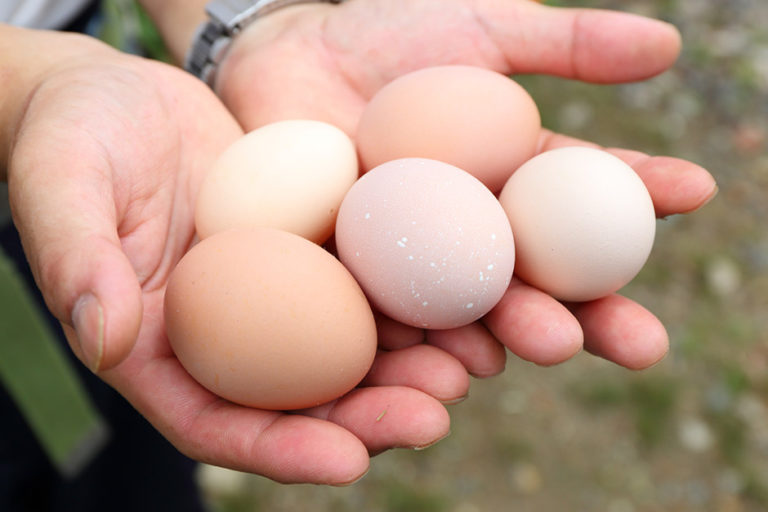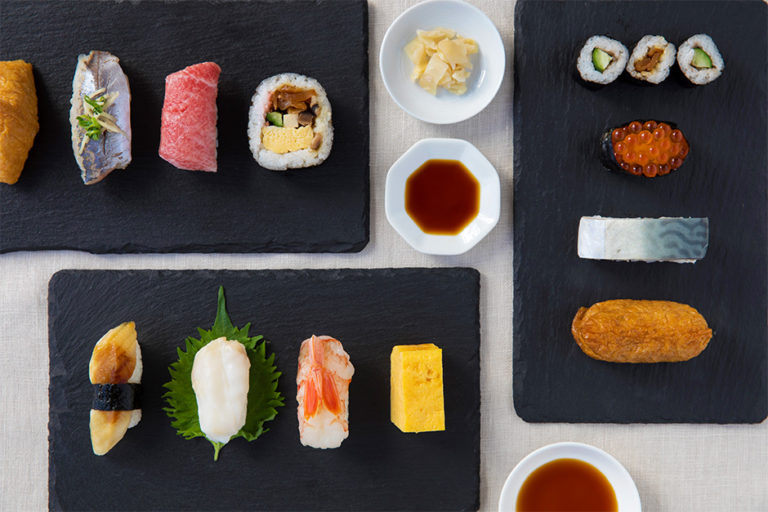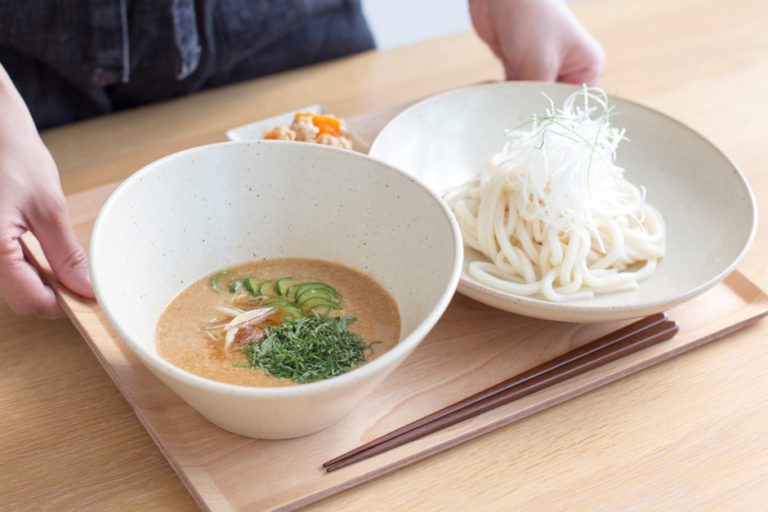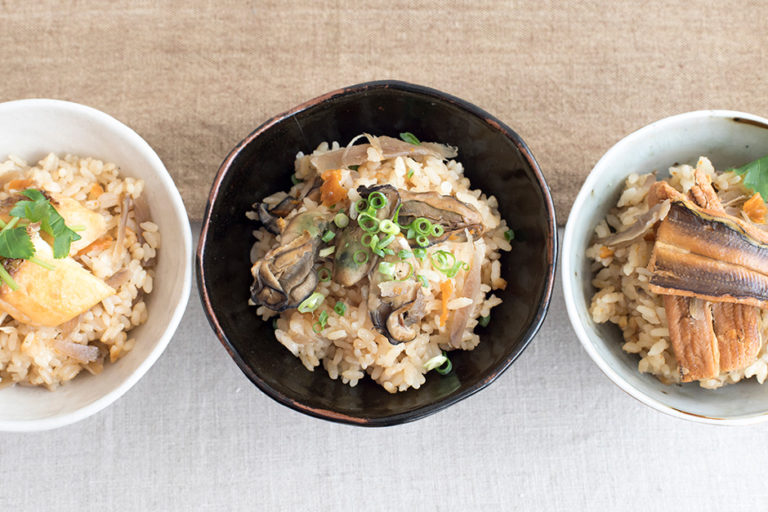Distinctive cultures cultivated by distinctive topography
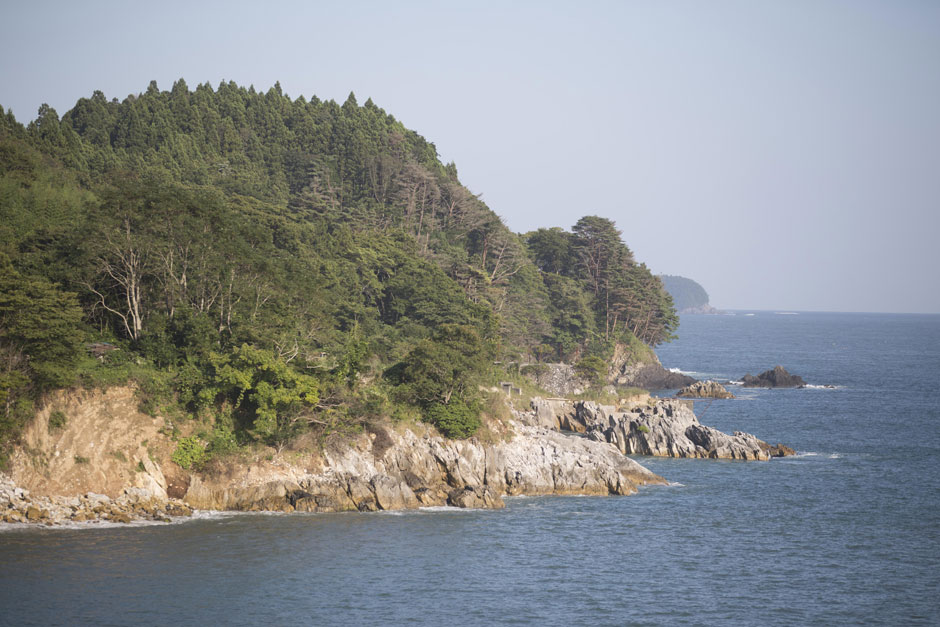
Ria topography cultivates rich fishing grounds
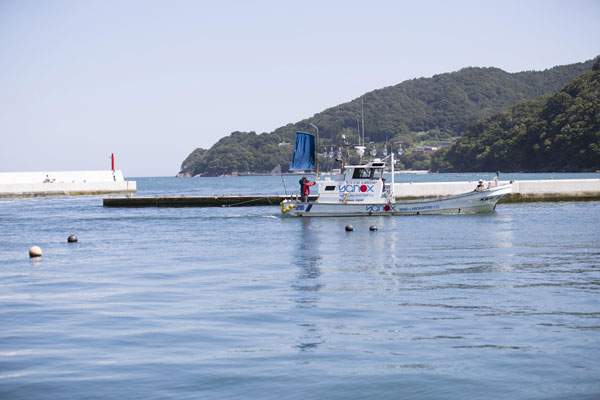
The Ryori district of Sanrikucho in Ofunato City, Iwate Prefecture, is one area reaping the benefits of the ria coastline. Home to six fishing ports, it’s a fishing village that developed along the ocean, with fishermen and their families making up over 60 percent of the population.
In the Ryori district, various types of fishing take place throughout the year, and a diversity of marine products is landed: not only wakame seaweed, scallops, sea urchins, and abalone?Iwate Prefecture’s primary fishery products?but also mussels, saury, salmon and conger eel.
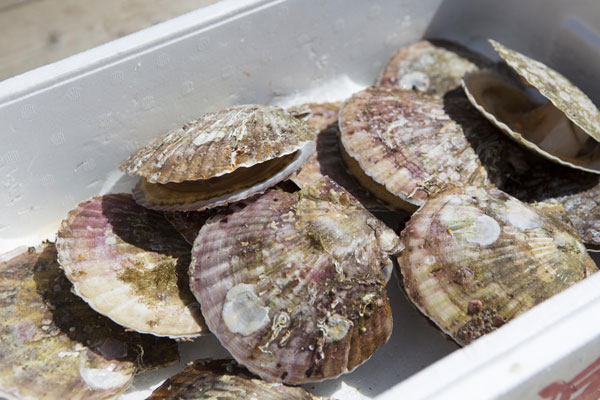
“The waters of Ofunato are interesting in that each of the inlets has a different culture. Each has its own producers, they have different catches, and what they are particular about is different.” So explains Jun Sasaki, a scallop fisherman who cultivates brand scallops called “Koishihama Hotate” at Koishihama on Okirai Bay.
Originally a valley submerged in seawater, the ria coastline drops off sharply just a short way from the coast and its deep waters are said to be perfect for the mimi-tsuri-shiki (“ear-hanging”) cultivation of scallops, a method to raise scallops that are well-shaped and do not have sand mixed in. Another major feature is that plankton, which scallops feed on, flourishes here due to the wealth of nutrients carried by rivers from the forests to the ocean.
Small quantity, high quality brand scallops
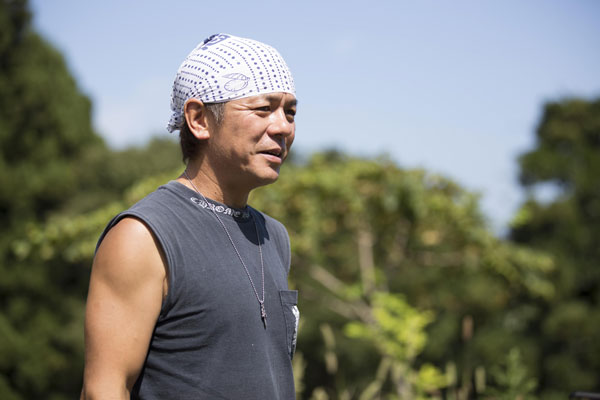
Even when scallops are grown in a rich fishing ground, if there are too many young shellfish, each scallop will not develop properly because there won’t be enough plankton for them to feed on. Jun limits the number of scallops he cultivates to fit the capacity of the fishing grounds. This is a method that has been used since the generation before his.
According to Jun, “About 40 years ago, the fishermen held talks and decided on the number of scallops each can harvest in one year. They all acted in concert to improve the quality of our scallops. Because of this, Koishihama Hotate are large, have a rich taste, and have grown into a brand that enjoys an excellent reputation even in the Tokyo area.”
Although Koishihama Hotate was one of the first to be successfully branded, the traditional method of selling the harvested scallops at the market under the umbrella of “Sanriku products” did not fully capitalize on this strength.
“I was very frustrated by the fact that consumers did not understand how much care we took to grow these scallops in Koishihama,” says Jun. That’s why they began to directly ship their scallops to consumers about 12 years ago. This was an exceptional move for the marine products industry at that time, and was welcomed by not only the consumers but the producers as well.
A new media to promote the attractions of the fisheries industry from a producers’ perspective
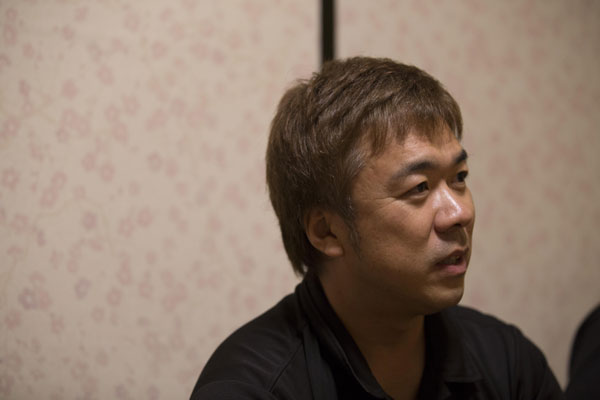
Then in September 2015, a new initiative was launched with the participation of the six fishing ports of the Ryori district, including Koishihama: a magazine called the Ryori Gyokyo Taberu Tsushin (“Ryori Fishery Cooperative Gourmet Mail”), issued from the producers and delivered to readers with food samples.
The editor of Ryori Gyokyo Taberu Tsushin, Shinichi Sasaki, told us what led him to launch the magazine.
“When Jun and others started the direct sale of scallops, we learned that connecting with consumers makes producers proud and motivates them. When everything was destroyed by the earthquake and tsunami, we had to start again from scratch. Last year, Mr. Takahashi, the editor of Tohoku Taberu Tsushin, the first such magazine, introduced Koishihama Hotate and we were able to connect with the readers through social media. There were readers who came here, met the producers and created a fan page on the Ryori Fishery Cooperative. Not only did we get positive but uncritical comments on the food, we also got frank opinions on how things can be improved. Hearing the views of people unrelated to our production is quite enlightening. In order to share this inspiring experience with the other fishermen I decided to create a version of Taberu Tsushin for the Ryori Fishery Cooperative.”
Ryori Gyokyo Taberu Tsushin is scheduled to convey the attractions and situation of the fisheries industry from a producers’ perspective. According to Shinichi, “we want readers to learn not only about the story of this area, but the story behind the fisheries industry.” When our inaugural edition was being shipped out, interested readers were invited to participate in a “shipment festival” where the packaging work was conducted. This attempt to make the production site of the fisheries industry, of which very little is known, into a form of entertainment will expand the possibilities of the fisheries industry.
A tourist center for experiencing the area’s culture
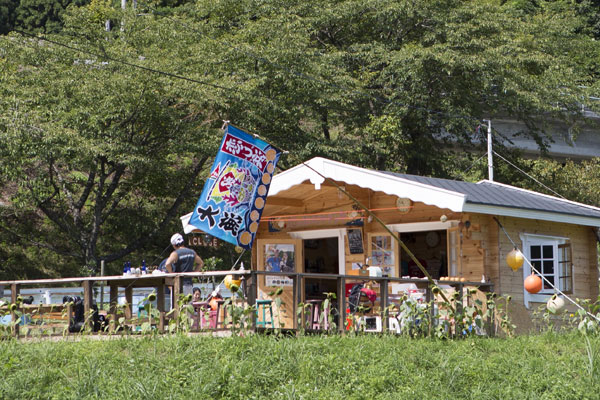
Koishihama Hotate, which Jun cultivates with such care, and made our way to Koishihama Station on the Sanriku Railway Minami-Riasu Line. Alighting from the train, the first thing we saw from the station’s platform was an open wood deck. The building featuring this structure, called the Hotate Deck, is a tourist center built by divers who had volunteered to clean the ocean after the tsunami. Visitors can interact with the local residents and fishermen here while enjoying a barbecue.
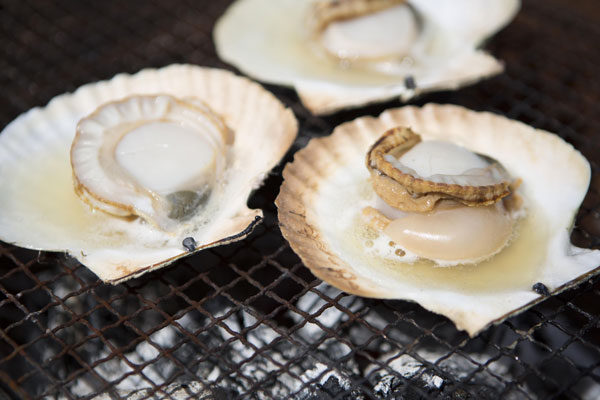
We had freshly grilled Koishihama Hotate on the scenic deck overlooking the Koishihama shoreline. The scallop sitting on a shell the size of an adult’s palm was plump and heavy. “The scallops of Koishihama are best eaten as they are, without any seasoning,” Jun told us. The moderate saltiness brings out the fresh-from-the-ocean flavor of the scallops with their firm, springy texture.
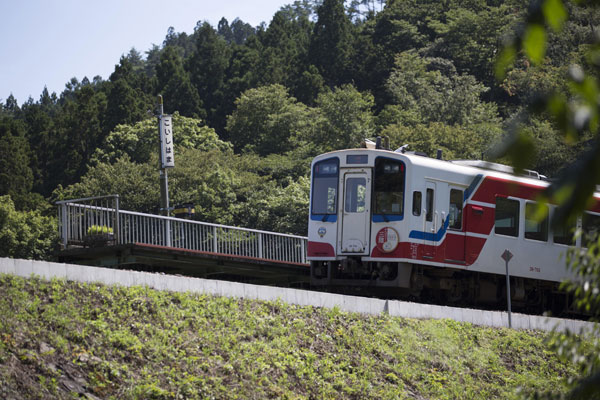
Other than barbecues, Hotate Deck also holds events such as lessons in how to shell scallops and sea squirt, and hands-on aquaculture-related events. The scenery is both relaxing and moving, with a train run by Sanriku railway passing through at a leisurely pace every once in a while. It’s a place where you can appreciate the culture of the seaside area with your five senses.
The various seaside cultures generated by the ria coastline are sure to keep on fascinating consumers through their very distinctive attractions.

